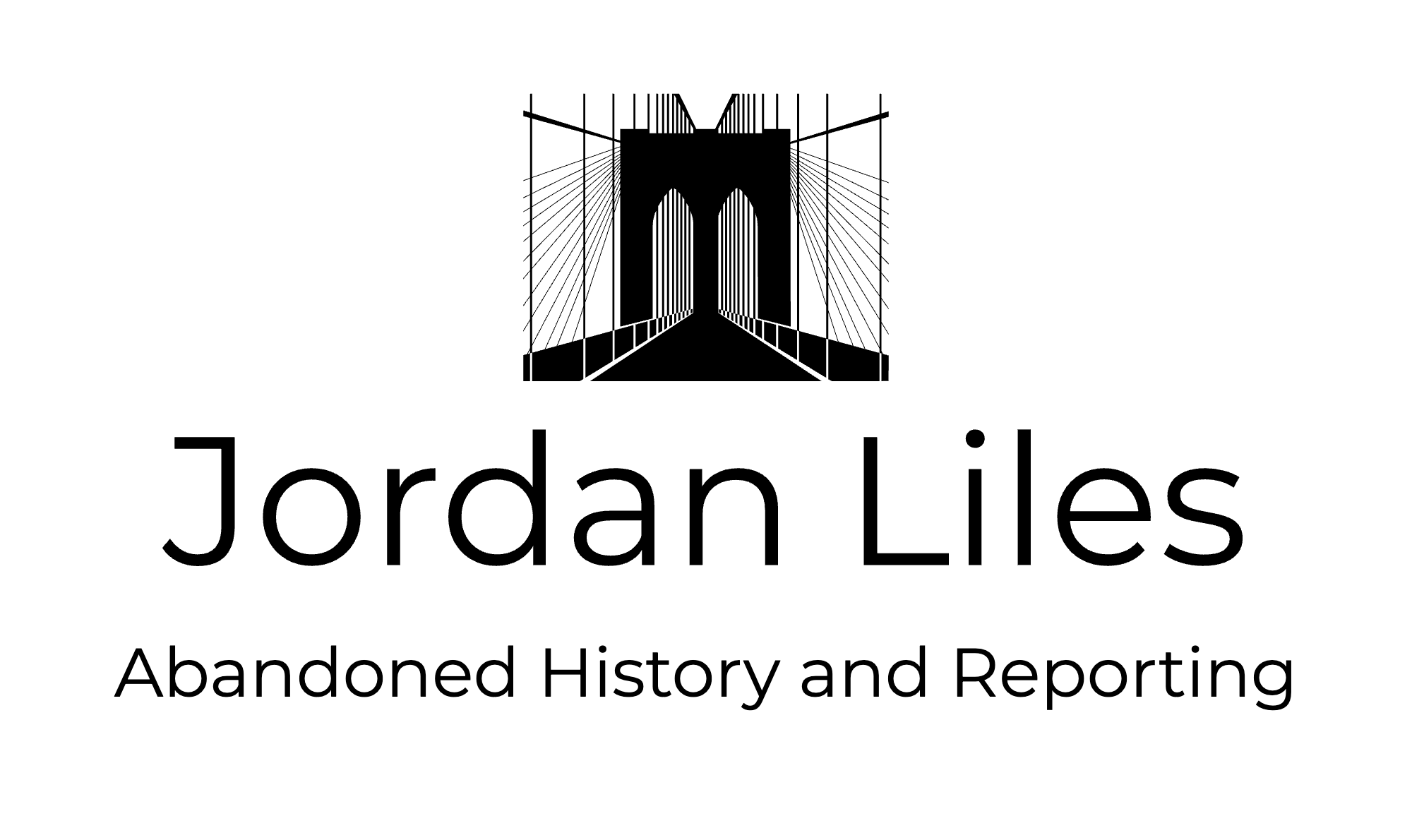Charlie Chaplin and Wall Street During World War I
Click to enlarge. The left photo shows Charlie Chaplin in 1918 promoting Liberty Bonds on Wall Street. On the right is the same location and angle in 2014, shot by Jordan Liles.
Charlie Chaplin began his movie career in 1914, the same year that marked the beginning of World War I. He wrote this in his autobiography:
"At the beginning of the First World War, popular opinion was that it would not last more than four months, that the science of modern warfare would take such a ghastly toll of human life that mankind would demand cessation of such barbarism. But we were mistaken. We were caught in an avalanche of mad destruction and brutal slaughter that went on for four years to the bewilderment of humanity."
In 1915 the United States "alleged that it was 'too proud to fight'. This gave the nation its cue for the song “ Didn't Raise My Boy to Be a Soldier." Here's the song with lyrics:
But Chaplin said that the song was no longer popular once the Lusitania was torpedoed and went down in 1915. The United States entered the war in 1917.
"By 1918 America had already launched two Liberty Bond Drives, and now Mary Pickford, Douglas Fairbanks and I were requested to open officially the Third Liberty Bond campaign in Washington."
In the same year that the war ended Chaplin was asked to speak publicly with fellow actors Mary Pickford and Douglas Fairbanks to help promote the buying of Liberty Bonds. While Chaplin (b. 1889) hadn't yet written a serious speech up to this point in his life, his practice of delivery to crowds at railroad stations went ok... sort of. He felt he became "more eloquent and dramatic" with his "confidence growing as the crowd grew smaller and smaller".
After traveling through Washington D.C. where the three actors met with United States President Woodrow Wilson and Assistant Secretary of the Navy Franklin D. Roosevelt, Chaplin headed south to speak while Pickford and Fairbanks went up north. Later they concluded the tour with all three meeting and speaking together in New York, pictured at the top of this article.
"The climax of our tour was a final bond drive in New York on Wall Street, outside the sub-Treasury, where Mary, Douglas and I sold more than two million dollars' worth of bonds.
New York was depressing; the ogre of militarism was everywhere. There was no escape from it. America was cast into a matrix of obedience and every thought was secondary to the religion of war. The false buoyancy of military bands along the gloomy canyon of Madison Avenue was also depressing as I heard them from the twelfth storey window of my hotel, crawling along on their way to the Battery to embark overseas."
During the war Chaplin shot more of his comedy films. While he wrote that some criticized him for not participating in the fight, Chaplin said others proclaimed that his "comedies were needed more than his soldiering". Later in 1918, Chaplin was in his room at an athletic club when the news broke that the war ended.
"In the streets below pandemonium broke loose; automobile horns, factory whistles, trumpets began howling and went on all day and night. The world went mad with joy - singing, dancing, embracing, kissing and loving. Peace at last!
Living without a war was like being suddenly released from prison. We had been so drilled and disciplined that for months afterwards we were afraid to be without our registration cards. Nevertheless, the Allies had won - whatever that meant. But they were not sure that they had won the peace. One thing was sure, that civilization as we had known it would never be the same - that era had gone. Gone, too, were its so-called basic decencies - but, then, decency had never been prodigious in any era."
I recommend “My Autobiography” by Charlie Chaplin for more information on his involvement surrounding World War I, and details from his fascinating life. Also, see other articles I've written that are tagged with "Chaplin". And here's some additional reading.
Source: Chaplin, Charles. Charles Chaplin: My Autobiography. New York: Simon and Schuster, 1964.
